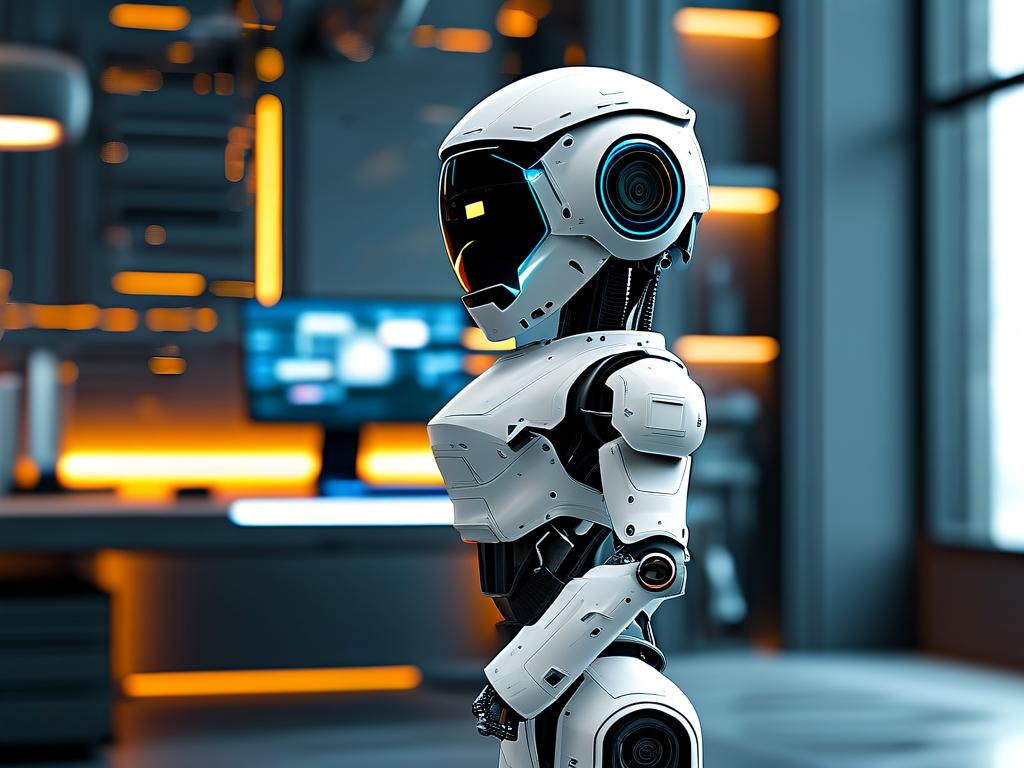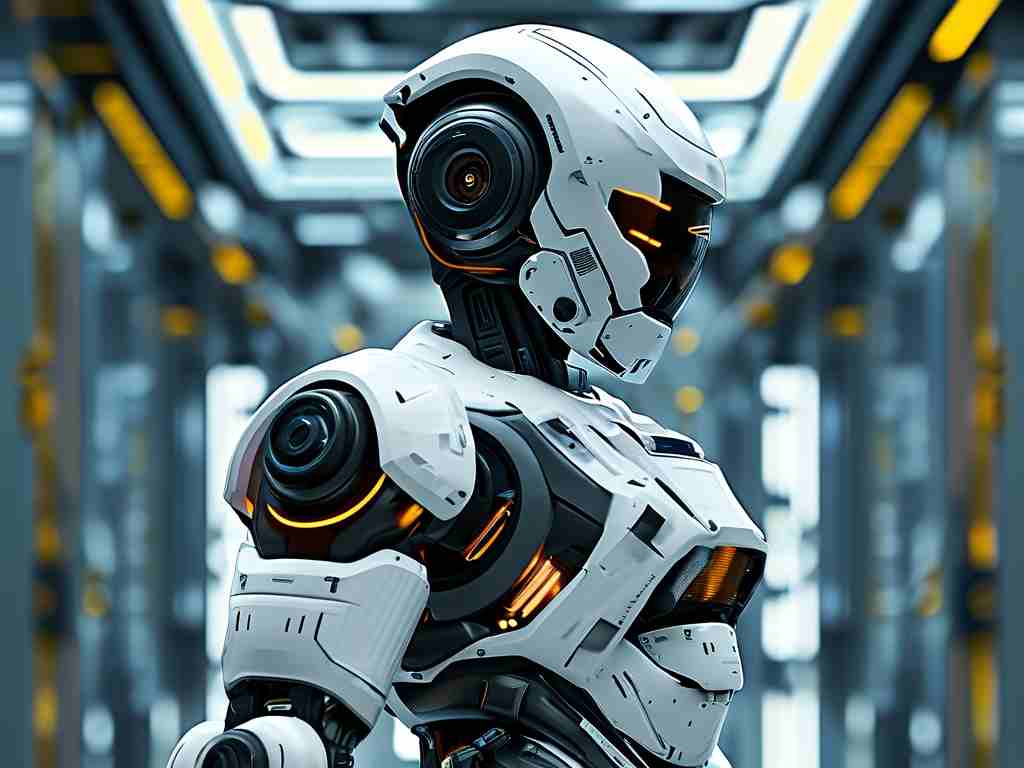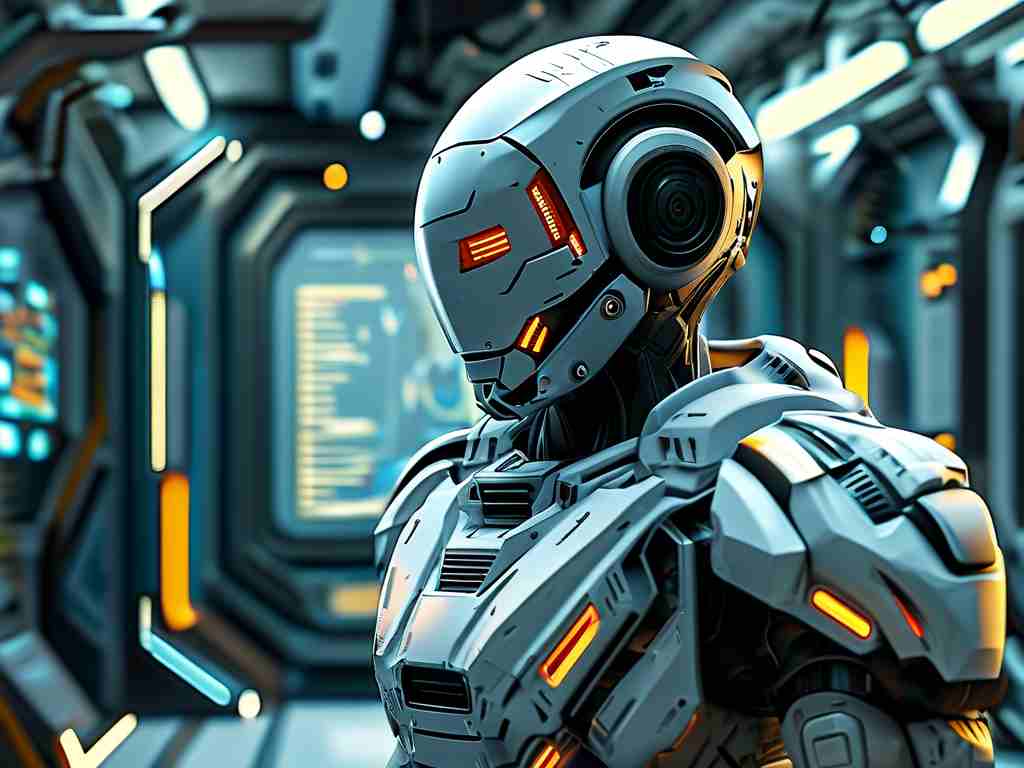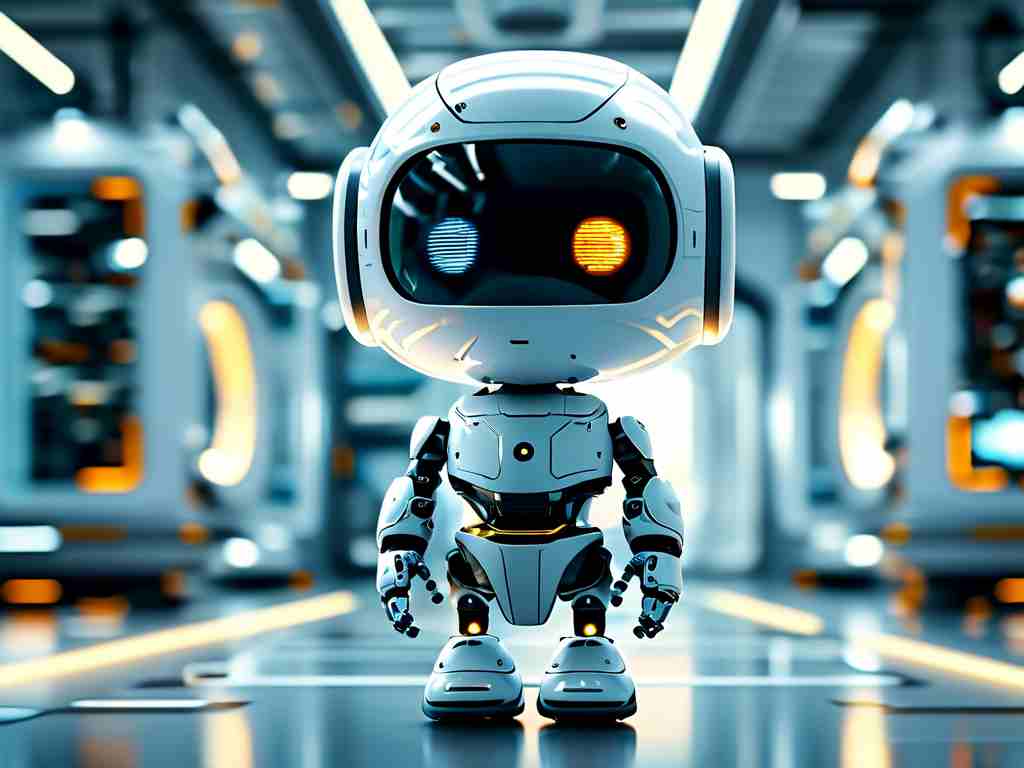In the evolving landscape of public safety and military operations, explosive ordnance disposal (EOD) robots have emerged as critical tools for mitigating risks in high-threat environments. These advanced machines combine cutting-edge engineering with specialized functionalities to address complex scenarios while prioritizing human safety. This article explores the technical characteristics that define modern EOD robots and their transformative impact on hazardous mission execution.
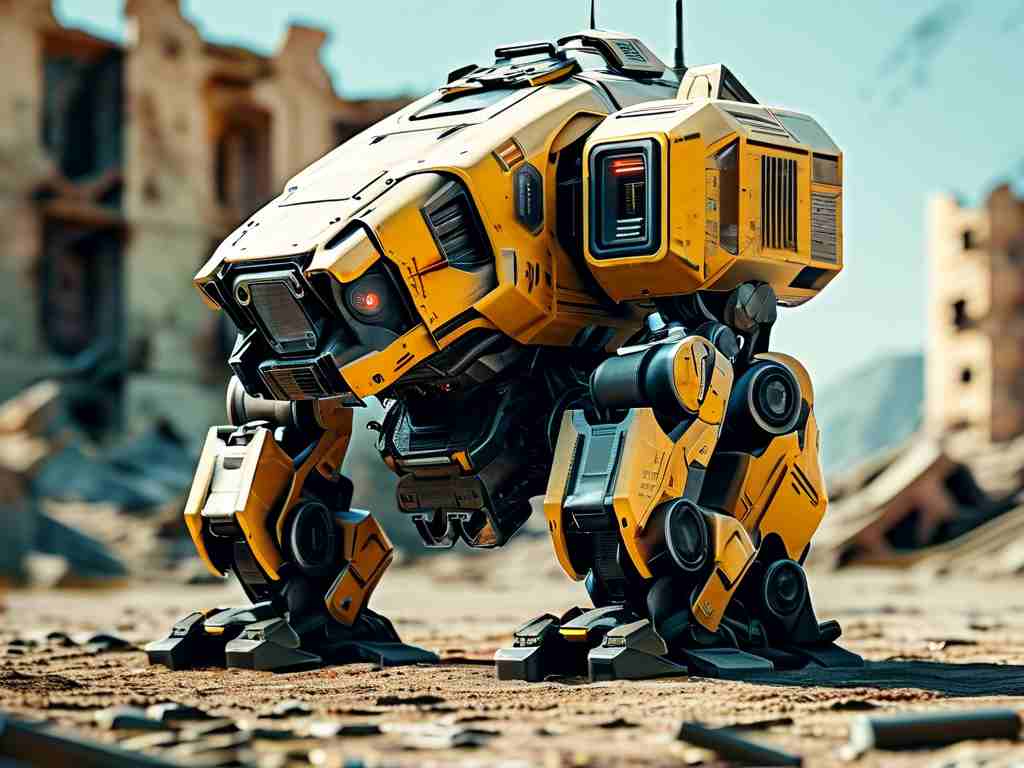
One standout feature of contemporary EOD robots is their modular payload adaptability. Unlike earlier models limited to fixed tools, newer systems support interchangeable attachments such as disruptors, X-ray scanners, and gripper arms. This flexibility enables operators to customize configurations for specific scenarios—whether disarming improvised explosive devices (IEDs) or handling chemical threats. For instance, the integration of waterjet disruptors allows precise neutralization of explosive components without triggering detonation, a capability refined through iterative testing in conflict zones.
Enhanced mobility systems represent another leap forward. Modern robots utilize hybrid track-wheel designs paired with articulated suspension mechanisms to navigate unstable terrains—from rubble-strewn urban environments to steep inclines. Advanced models incorporate AI-driven terrain analysis algorithms that adjust movement patterns in real time. A notable example includes robots deployed in earthquake rescue operations, where adaptive mobility enabled access to collapsed structures unreachable by human responders.
The shift toward semi-autonomous operation marks a paradigm change in EOD robotics. While human oversight remains essential, machine learning algorithms now empower robots to perform preliminary threat assessments. Computer vision systems equipped with multispectral cameras can identify suspicious objects obscured by debris or camouflage. During a 2023 NATO exercise, prototype robots demonstrated 92% accuracy in autonomously categorizing potential explosives—a milestone reducing cognitive load on operators during time-sensitive missions.
Real-time data fusion capabilities further distinguish next-gen EOD platforms. By integrating feeds from thermal imaging, LiDAR, and acoustic sensors, these robots construct multidimensional maps of operational zones. This sensor synergy enables operators to visualize hidden threats, such as pressure-activated devices buried underground. Moreover, encrypted mesh networking ensures uninterrupted communication even in signal-jammed environments, a critical requirement for military applications.
Durability enhancements address historical limitations in robot survivability. Manufacturers now employ carbon-fiber composites and shock-absorbent alloys to withstand blasts exceeding 5 PSI. Self-diagnostic systems automatically detect and isolate damaged components, allowing partial functionality post-impact. Field reports from Ukraine highlight instances where robots sustained shrapnel damage yet continued transmitting vital data until mission completion.
Despite these advancements, challenges persist. Battery life remains a constraint, with high-power missions requiring frequent swaps. Researchers are experimenting with hydrogen fuel cells to extend operational windows beyond 12 hours. Additionally, ethical debates surround the increasing autonomy of lethal force-capable robots—a concern prompting strict governance frameworks.
Looking ahead, the convergence of quantum computing and robotics promises exponential gains in processing speed and decision-making precision. Collaborative swarm robotics—where multiple units coordinate autonomously—could redefine large-scale EOD operations. As threats grow more sophisticated, the continuous innovation in robot design ensures these machines remain indispensable shields against catastrophic risks.
In , modern EOD robots exemplify the synergy between mechanical ingenuity and digital intelligence. Their evolving capabilities not only save lives but also set new benchmarks for crisis response technologies. As developers refine these systems, the focus remains clear: maximizing operational effectiveness while upholding the irreplaceable value of human judgment.




